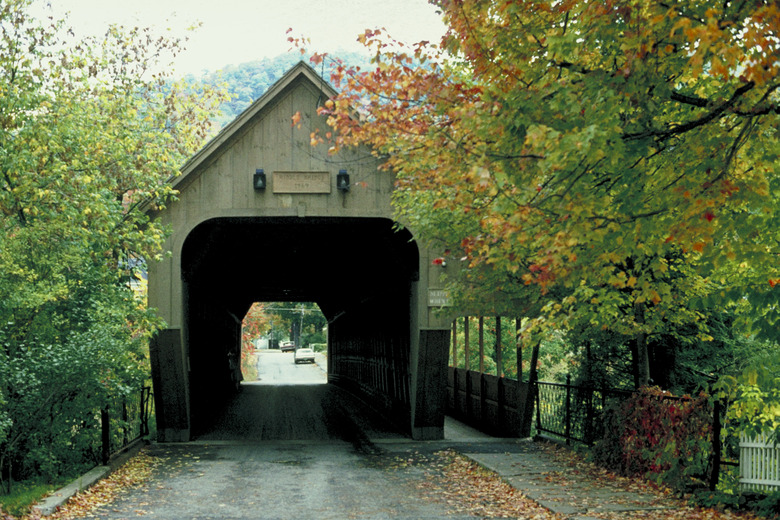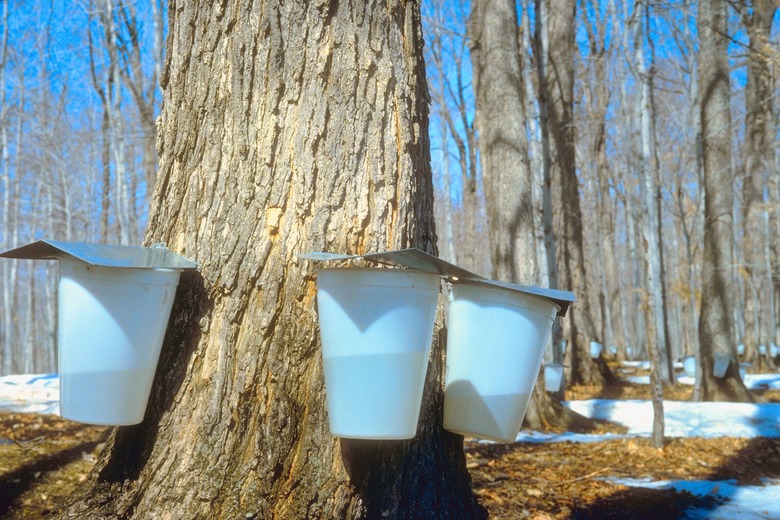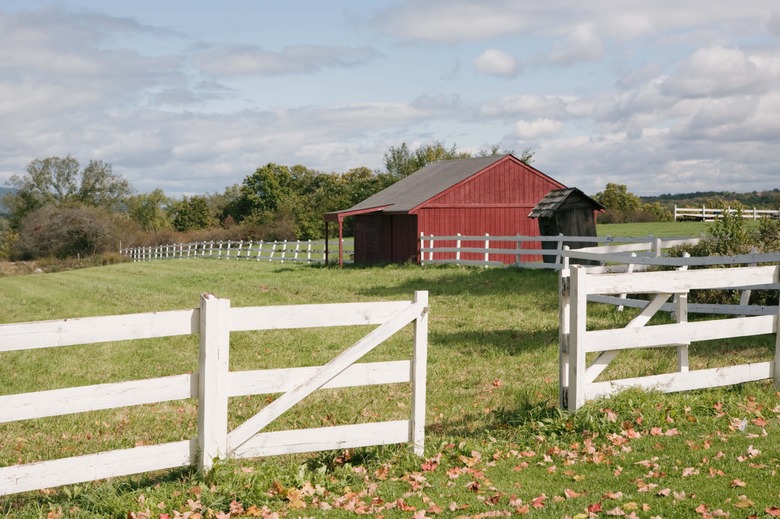List Of Natural Resources In Vermont
Vermont covers just 9,249 square miles, roughly 300 of which is water. Its diminutive size lands it at No. 43 out of 50 U.S. states listed according to size. Fewer than 9,000 people live in Montpellier, the state capital, as of the 2000 census, making it the smallest seat of state government in the nation. Though Vermont is rich in few natural resources, those it does possess are key drivers of its economy and one in particular deserves credit for fostering its most famous company.
Sugar Maple
Sugar Maple
It takes nearly 40 years for a sugar maple to reach a size suitable for its first tap (more than 12 inches in diameter at chest height), but the sugaring industry in Vermont is centuries old and its forests are protected by strict local regulations. As a result, Vermont accounts for 44 percent of New England's maple syrup production, and it is the leading economic interstate export with an economic impact totaling over $200 million per year.
Rocks and Minerals
Rocks and Minerals
New Hampshire is known as the granite state, but Vermont boasts a healthy quarry industry focused primarily on marble, slate and granite. Indeed, Vermont's granite is part of the New Hampshire Plutonic Series formed in the Devonian age, making it quite a bit younger than the slate and marble of the western and southern regions of the state. The granite from Barre, Vermont, is renowned for its suitability as monument stone.
Pastures
Pastures
Vermont's soil is rocky and slightly acidic, so crop farming is limited. The limited agricultural development leaves large swaths of land available for grazing, bolstering the dairy farms that dot the landscape. The Vermont dairy industry is the largest in New England. More than 90 percent of the state's milk is exported to other regions, but a significant portion of the remaining 10 percent ends up in the state's most decadent homegrown product–Ben and Jerry's ice cream.
Hydropower
Hydropower
Vermont has two things in abundance that make hydropower an attractive green alternative to traditional fossil fuel power generation–hills and water. Testimony before the Vermont House Committee on Agriculture in 2007 pegged Vermont's undeveloped hydroelectric power at as much as 400 megawatts from 1,194 sites.
Cite This Article
MLA
Kenney, Ian. "List Of Natural Resources In Vermont" sciencing.com, https://www.sciencing.com/list-natural-resources-vermont-6162333/. 24 April 2017.
APA
Kenney, Ian. (2017, April 24). List Of Natural Resources In Vermont. sciencing.com. Retrieved from https://www.sciencing.com/list-natural-resources-vermont-6162333/
Chicago
Kenney, Ian. List Of Natural Resources In Vermont last modified March 24, 2022. https://www.sciencing.com/list-natural-resources-vermont-6162333/



